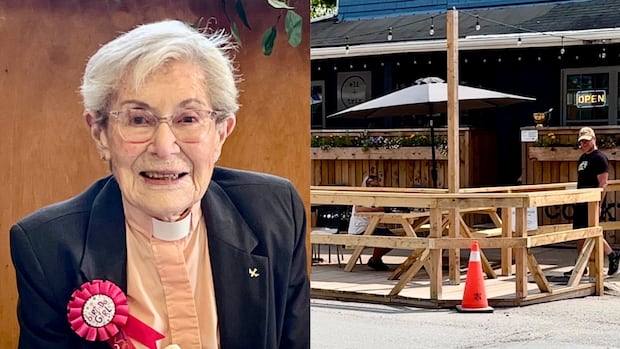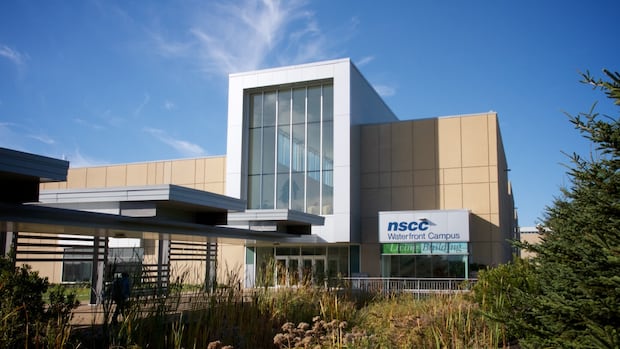N.S. community planted 7 palm trees as an experiment. None of the trees survived

It appears, perhaps predictably, that palm trees cannot survive in Nova Scotia.
In 2018, Halifax Regional Municipality experimented with planting seven palm trees across Dartmouth, a community of just under 100,000 people that borders the eastern shore of Halifax harbour.
The trees normally associated with sandy beaches and coconuts stood out in the landscape, drawing the curiosity of locals.
Municipal spokesperson Ryan Nearing said the intent of the project was to see if the tropical trees could adapt to the province’s Maritime climate, known for its wild weather fluctuations driven, in part, by the Atlantic Ocean.
Six years later, it’s clear they cannot.
“Unfortunately, Nova Scotia winters proved to be a little too cold for them,” quipped Nearing.
The trees came with an initial cost of $4,000 and the varieties were selected because they are known to be more tolerant to cold.
Two towering windmill palms would become the most well-known and revered, having been placed in the popular municipal spaces of Sullivans Pond and Shubie Park.
Five smaller species — which included pindo and needle palms — were pronounced dead following the winter of 2021-22, said Nearing.
One of the windmill palms also did not make it after that same winter, and so it was replaced. It was pronounced dead this spring.
The final windmill palm died after the winter of 2022-23 and was replaced last spring, but it too could not withstand the harsh Halifax weather.

Nearing said staff took special care of the palms during the winter, insulating the trunks and encasing them in wood boxes in an attempt to shelter them from the province’s relentless and ever-fluctuating weather elements.
But to no avail.
“They really did a fantastic job keeping an eye on these trees and regularly checking in on them over the winter and really exploring different ways to potentially salvage them,” said Nearing.
“It was an interesting project for sure.”
Lord Abbey, an associate professor of horticulture at Dalhousie University in Truro, N.S., said he is not at all surprised by the outcome.
“It’s not easy introducing tropical plants into Nova Scotia. I’ve tried,” said Abbey, calling the project bold.

Abbey said cold-tolerant palm trees such as the windmill palm can really only withstand temperatures of just below 10 C.
Plant hardiness zones are a standard used by gardeners to determine which perennial plants are most likely to thrive in a location, taking into consideration its unique climatic conditions.
Abbey said palm trees can generally survive in zones seven to 11. Halifax’s plant hardiness zone is six.
He said the region’s abrupt weather patterns are not conducive to growing palm trees.
“We have snowstorms. We have heat waves, high winds. We have rainfall throughout summer and the winters are very snowy,” said Abbey.
“So putting all of this into consideration with these fluctuations due to the ocean … this can severely impact any crop including the windmill palm which is typically a tropical plant.”
Coun. Sam Austin, who represents Dartmouth Centre, said the project also had another purpose: allowing those who might not be able to travel south an opportunity to take in a palm tree.
“There’s a long tradition in the gardening world about exhibiting exotic species that people don’t necessarily have a chance to go to see themselves,” said Austin, noting there are many foreign species on display at the Halifax Public Gardens.
“Trying this out in Dartmouth was very much just kind of part of that space of trying to bring something different to people here and spread a little joy. And I think for the time we had them, they did that job.”
With that being said, there are no immediate plans to plant more palms. All have now been replaced with more cold-hardy plants, shrubs or trees.
Still, Nearing didn’t totally rule out a return of the tall trees with fan-shaped and feather-like fronds.
“I know quite a few people were interested in seeing the progress and the outcome of this experiment,” said Nearing. “We’ll see. Maybe in the future we’ll try something similar.”



